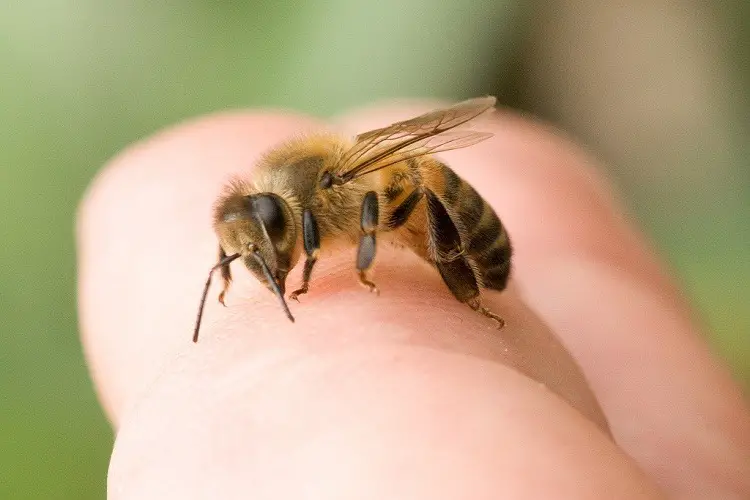
The summer season is the time of the year to go outside and have fun under the sun. But when a pesky insect comes along, it can ruin everything. Every year, many people go to the emergency room from stinging insects like wasps and bees. In severe cases, there are individuals who experience an extreme allergic reaction known as anaphylaxis. This may be life-threatening and require immediate medical treatment.
First Aid to Bee stings
Unlike stinging insects like yellowjackets and hornets, bees have barbed stingers with the venom sack that typically become lodged in the skin and rip away. If stung, it is important to remove the stinger immediately as possible, because the venom can continue to be released for several seconds. Then immediately, clean the area with soap and cold water and to use a cold compression such as ice or an ice pack. You can use antihistamine and hydrocortisone ointment they can actually help calm the local reaction. In case the reaction of the victim worsens like an allergic reaction, take the patient to the nearest health clinic.
All stingers should be removed, if left in place they may cause a foreign body reaction or become infected. Symptoms of an infection include increased redness, swelling, and pain three to five days after the sting, or development of fever and chills.
